Essential Strategies for Workplace Safety
In light of the escalating threat posed by active shooters, it is critical for organizations to implement robust response strategies that safeguard both employees and operational continuity. This article outlines fundamental measures and best practices for developing an effective active shooter response plan, emphasizing the importance of preparedness and proactive measures.
Understanding Active Shooter Risks
An active shooter scenario is an unpredictable and dynamic threat that requires immediate and decisive action. The primary goal is to minimize risk and safeguard lives through strategic planning and training. Employers must recognize the gravity of this threat and take steps to ensure their workforce is prepared.
Key Components of an Active Shooter Response Plan
- Preparation and Prevention:
- Workplace Safety Protocols: Establish and regularly update a comprehensive active shooter response plan. This includes identifying potential risks and vulnerabilities within the workplace environment.
- Training and Drills: Conduct regular training sessions and drills to ensure employees are familiar with the response procedures. This training should cover how to recognize the sound of gunshots, how to react immediately, and how to communicate during an incident.
- Response Strategies:
- Evacuation and Escape: Employees should know the primary and secondary escape routes. Establish clear paths to safety and pre-designated rally points that are a safe distance from the building to avoid potential harm.
- Hide Out: If evacuation is not possible, provide guidance on how to find safe hiding places within the building. Emphasize the difference between cover (which provides protection from gunshots) and concealment (which merely hides from view).
- Communication:
- Internal Systems: Implement a reliable communication system to alert all employees of the threat and to provide real-time updates during the crisis. This could include a mass notification system, intercoms, or designated safety officers.
- External Communication: Establish protocols for communicating with law enforcement and emergency responders. Provide clear information about the situation, including the location of the shooter, the number of shooters, and any injuries if known.
- Post-Incident Management:
- Accountability and Reunification: Develop a method for accounting for all employees after an evacuation. This could involve check-in points, headcounts, or electronic check-ins.
- Counseling and Support: Offer psychological support and counseling to employees affected by the incident to address any trauma and to facilitate a return to normalcy.
Rally Points and Geographic Considerations
Choosing rally points that are strategically placed and easily identifiable is crucial. These should be locations that can withstand natural elements and provide a safe haven until the threat is neutralized or help arrives. Examples include sturdy structures like community centers or public parks with significant landmarks.
Importance of Testing the Response Plan
It is not enough to have a plan on paper; the effectiveness of any active shooter response strategy lies in its execution. Regular testing through drills and simulations will expose any weaknesses and provide vital data to refine and improve the response. Feedback from these exercises will be instrumental in enhancing the procedures and ensuring they work under pressure.
Final Thoughts
The threat posed by active shooters is a harsh reality in today’s world, and preparedness is the key to mitigating risks. Organizations must take proactive steps to develop, implement, and regularly update their active shooter response plans. By doing so, they not only protect their employees but also contribute to a safer community.
For those seeking comprehensive training and expert guidance on active shooter situations and general safety protocols, Lethality University offers specialized courses designed to equip individuals and organizations with the skills and knowledge needed to respond effectively to such threats.
Stay Lethal My Friends,
Joe Malone

